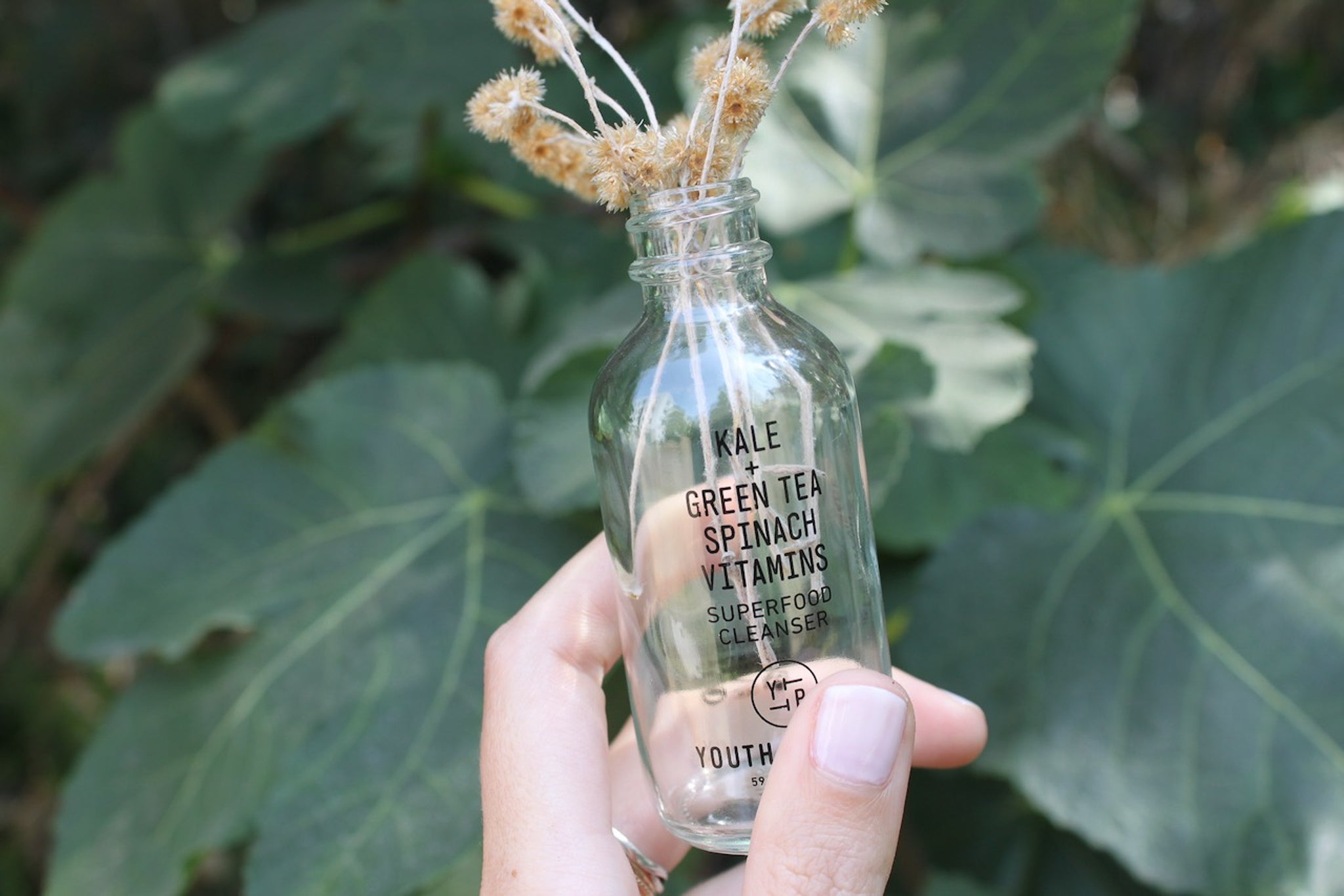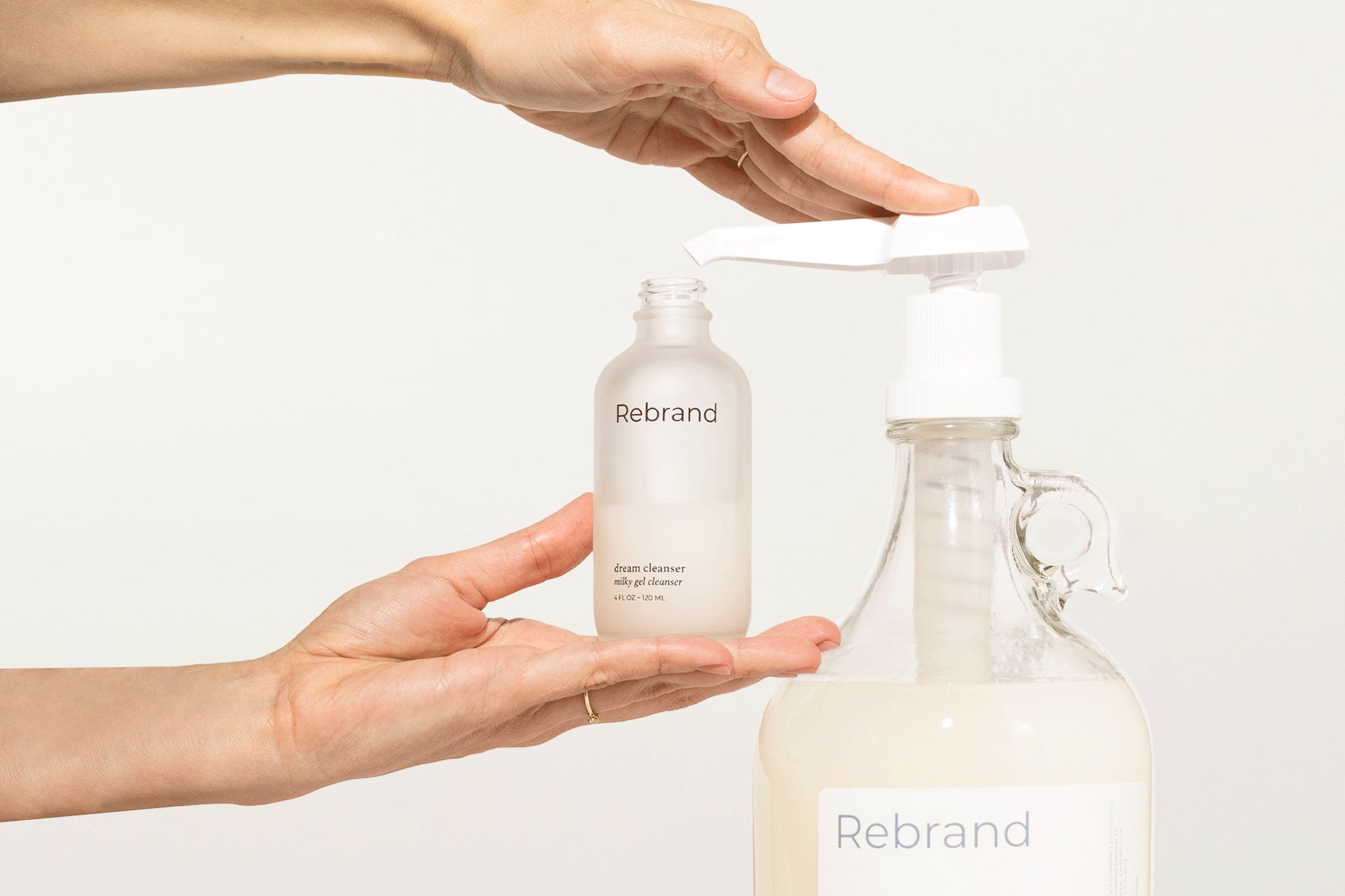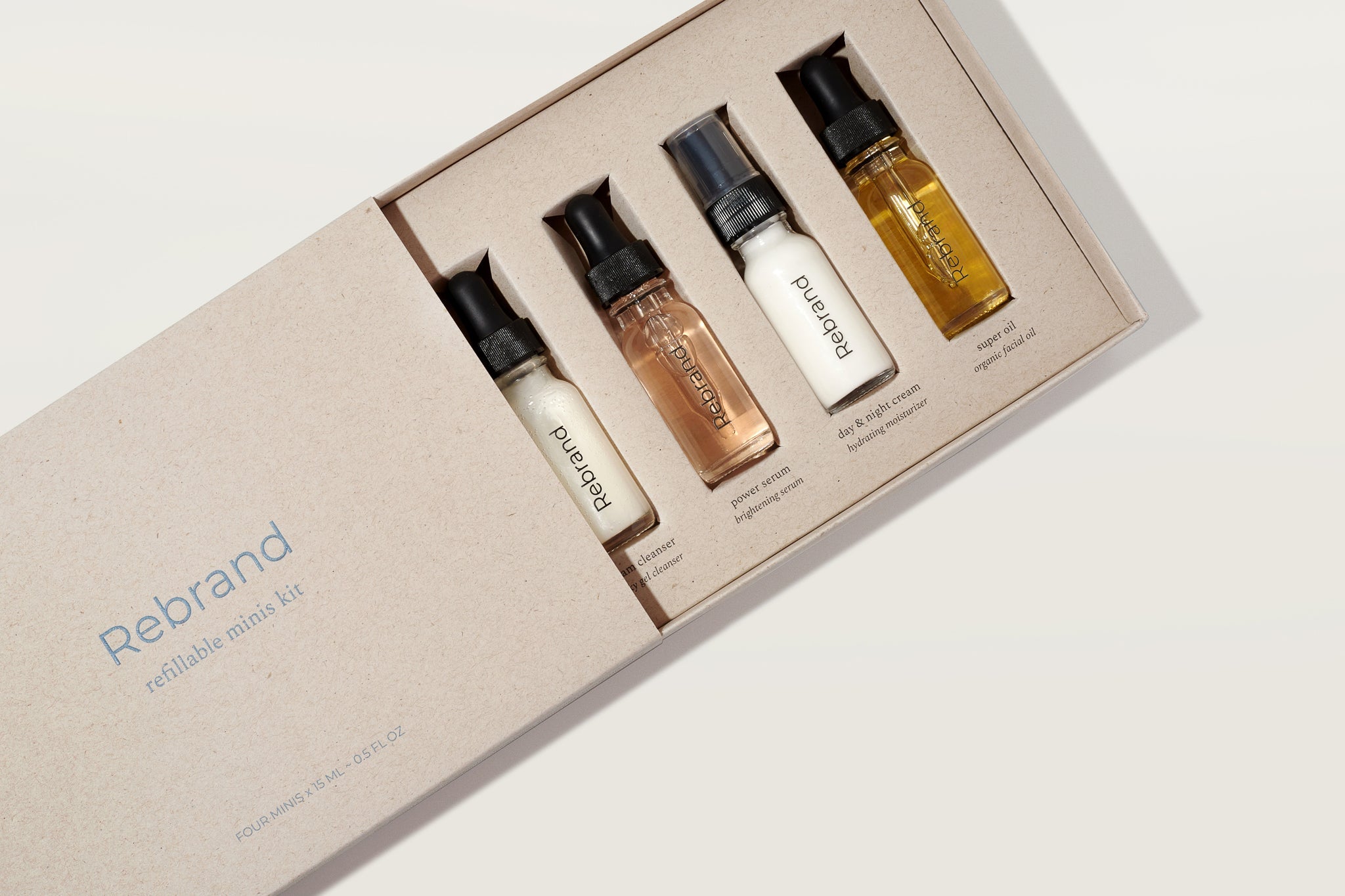You’ve said it a million times, ‘Reduce, Reuse, Recycle.’ But what has changed since the saying first became popularized in the 1970s? Well, not much. That’s why I want to dive into it today. What updates should we make? Is this really how we should be thinking about waste?
Background
The 1960s were a decade of activism, including calls for pollution reduction and conservation from members of the environmental movement. This led to the first Earth Day, held in April 1970, as well as the formation of the Environmental Protection Agency and passage of the Resource Recovery Act by Congress. It was during this time of widespread environmental concern that the saying ‘Reduce, Reuse, Recycle’ was popularized (Recycle Nation).
Hierarchy vs. Cycle
Often we’ll see the 3R’s written at the three tips of a triangle - indicating that each one is playing an equal part in the cycle of dealing with waste. I’d like to challenge that and suggest that we view the 3R’s as a hierarchy, with REDUCE being by far the most important. This means buying in larger sizes to reduce packaging, saying no to single-use items and freebies, and being more conscious about shopping habits. Reuse is the next best, followed by recycle. And it’s important to remember: anything not taken into account by the 3R’s will end up in landfill. Let’s not sugarcoat it.
Recycling is broken
Reusing is better than recycling for several reasons. First, our recycling sorting process in the US (and globally) is inefficient - not all materials will be sorted correctly. Second, market prices determine whether or not a material is ‘worth’ recycling. So even if you sort a material properly, it could still end up in landfill if creating virgin material is cheaper. Lastly, if you make it to the final step of actually recycling (only 27% of glass, and 8% of plastic did in 2017; EPA), you now have to use significant energy to melt the material back down. I’m not saying don’t recycle, just that it’s less preferable than reducing and reusing.

Where do refills fit in?
Refills allow us to both REDUCE and REUSE. Not only are we reducing packaging waste by offering 2X the amount of product in one container (and without a dispenser), we’re also reusing our initial packaging instead of sending it to a recycling center or worse, a landfill. This system works well in other consumer products like cleaning, but I’m ready to bring this idea to beauty!
Rot (aka compost)
This has been suggested as a fourth R and refers to the practice of composting. Composting has incredible potential to help us deal with waste and greenhouse gas emissions simultaneously. As discussed in this Instagram reel, making industrial compost widely available could reduce the amount of waste sent to landfill in the US by 30% (uspirg.org). Moreover, organic matter degrades slowly in landfills, releasing methane gas, a greenhouse gas tens of times more potent than CO2. In fact, landfills are the third largest emitter of methane gas. Lastly, applying compost to agricultural soil allows crops to flourish and sequester more carbon without the need for synthetic fertilizers. Unfortunately, it’s not typically provided by cities in the US. Ask your city to support compost today!
Other R’s
When polled to followers on Instagram, y’all came up with some fantastic answers that I wanted to share: Refuse. Repair. Reimagine a world without plastic. Respect Mother Nature. Responsibility - hold corporations and governments responsible for actions. Register to vote. Yes and yes.




